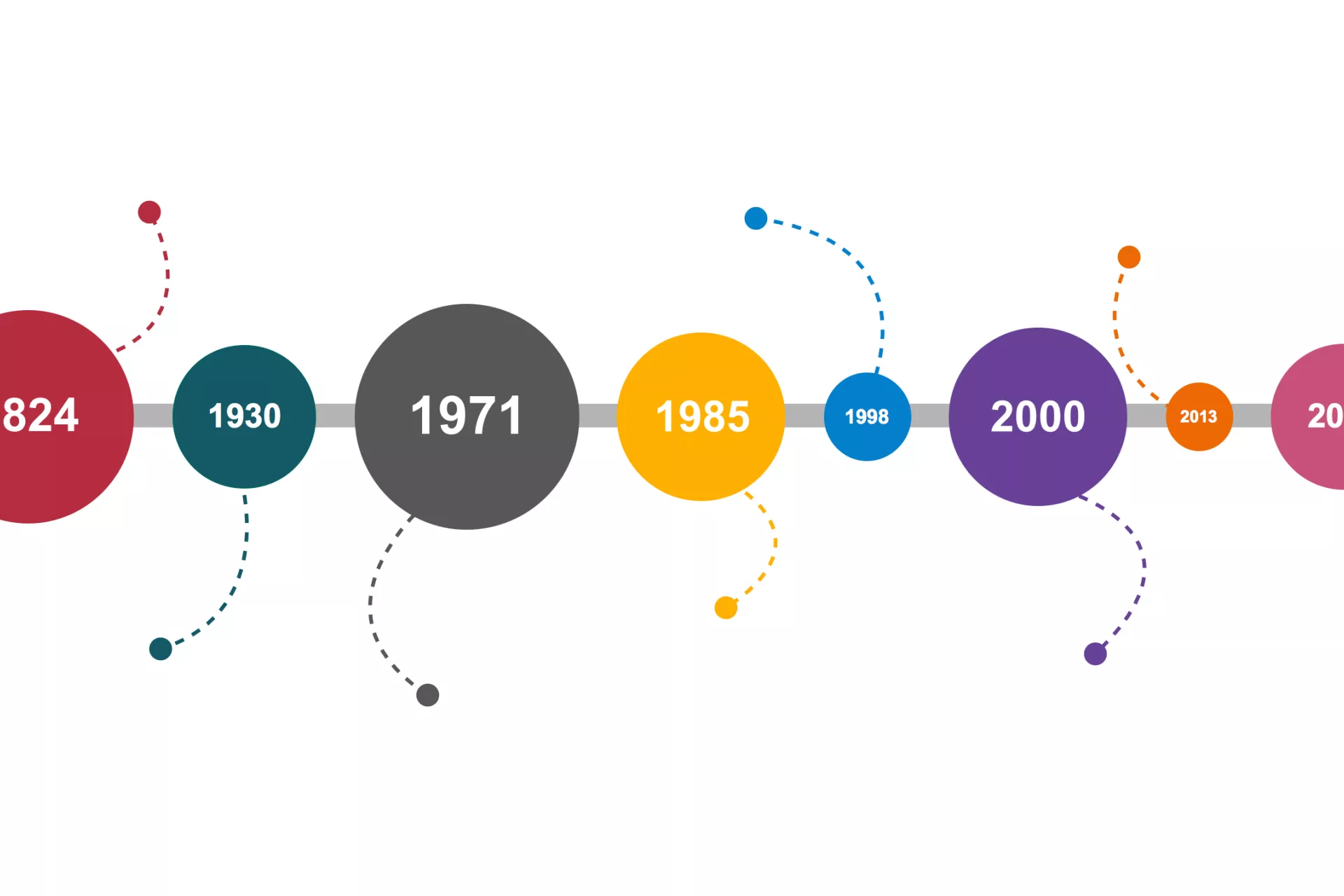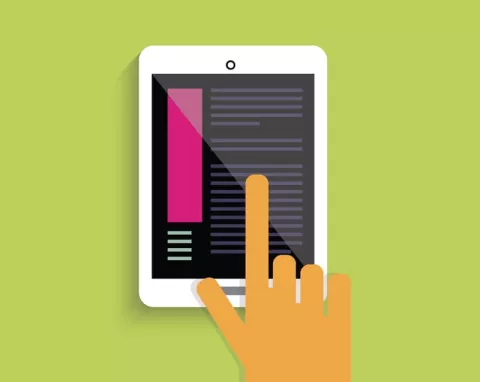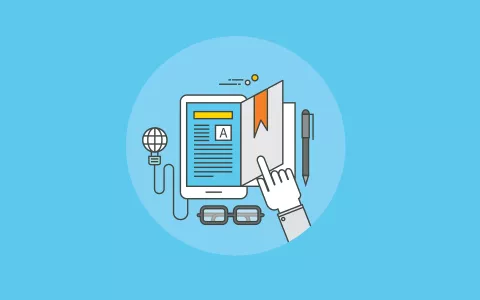History of digital publishing
A timeline of digital publishing and accessibility

- Available in:
- English
- Español
Timeline of digital publishing
1930s: Spoken audiobooks appear in stores (the first accessible textbooks, excluding those in Braille, which was invented in 1824). These ‘readies’ constitute the first opportunities a print disabled individual can access content without the need for a human narrator. Early recordings use an analogue medium to record the audio, and set the groundwork for future projects.
1971: Project Gutenberg is founded as a volunteer effort to digitize and archive cultural works, to "encourage the creation and distribution of e-books". Currently over 50,000 e-books are digitized.
1985: The Voyager Company pioneers ‘expanded books’ on CD-ROMs.
1998: The launch of the Rocket eBook and SoftBook begins the era of dedicated e-book readers. These e-books help to establish the standards for EPUBlications, even though they lacked many of today’s accessibility features.
2000: The International Digital Publishing Forum (IDPF) is created to involve all stakeholders in electronic publishing and find agreement on digital publishing guidelines. The IDPF's role is to capture the needs of all the stakeholders along the book chain (publishers, technologists, authors, distributors, technology companies, educators, learners, governments, etc.) and to distil them into new standards for the publishing industry to arrive at a single universal format. The dominant format to emerge is EPUB (a packaged website for publishing), which enjoys market support and use in real world publishing and distribution.
2000s: The tech book continues its steady movement onwards as the big tech companies release their own readers: Apple, Sony, Amazon and Google are among those competing for the viewers and business of the e-books space. Amazon's launch of the Kindle e-reader in 2007 drives readers to buy and engage with e-books and EPUBs to an extent never seen before.
2013: The UNICEF Disabilities unit in New York launches its Accessible Digital Textbooks initiative under the direction of Rosangela Berman Bieler.
2017: The IDPF merges with the world Wide Web Consortium (W3C). This signals a shift in the era of EPUB-dominated digital publishing towards a web-focused approach, where the best of packaged books (EPUBs) and the flexibility of the web (browser-based solutions) come together. This new paradigm is called portable web publications (PWP) or, in some cases, packaged web publications. The new format differs from EPUB in that it is immediately accessible in any browser and does not require a specialized EPUB 'reader' application to view.
But what about digital rights management?
Digital rights management (DRM) came about to protect intellectual property, help copyright holders maintain artistic control and ensure continued revenue streams for digital publishers.
This technology locks EPUBs to user accounts on proprietary platforms, meaning the product must be purchased and requires authentication through a license server to be opened. Many EPUBs do not use DRM due to the complexities and lack of portability, but some do. DRM allows big tech companies to support large publishing platforms by protecting and monetizing copyrighted material. Apple is perhaps the leader in this space with its iBooks platform, built with DRM in mind. A purchaser cannot buy a book on the iBooks platform and then move it to another reader: Apple's proprietary reader must be used as the content is DRM locked, but it also may contain features currently only supported in the Apple ecosystem.




